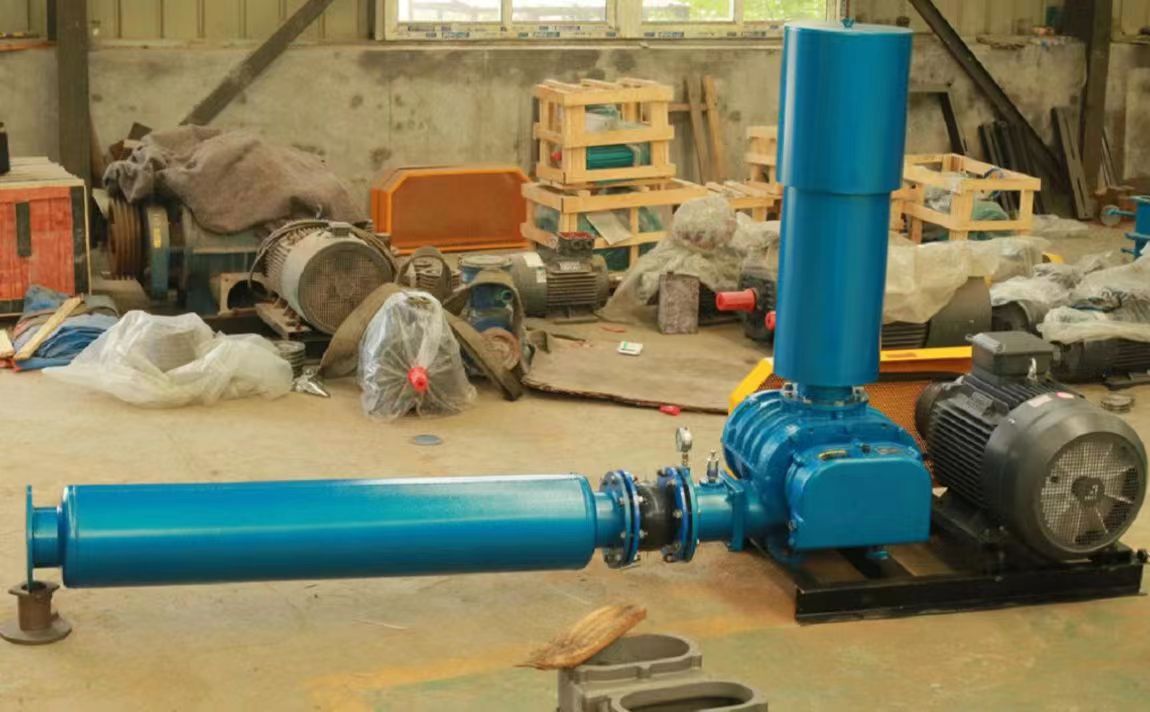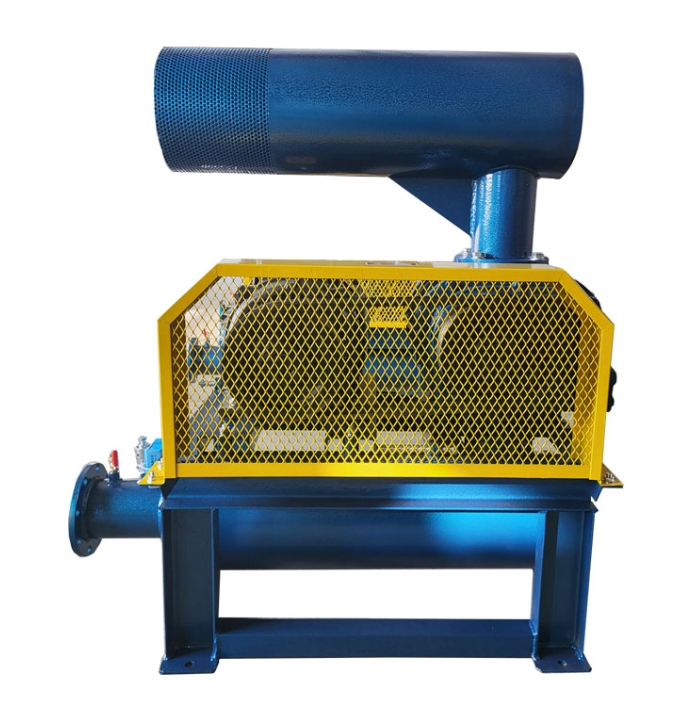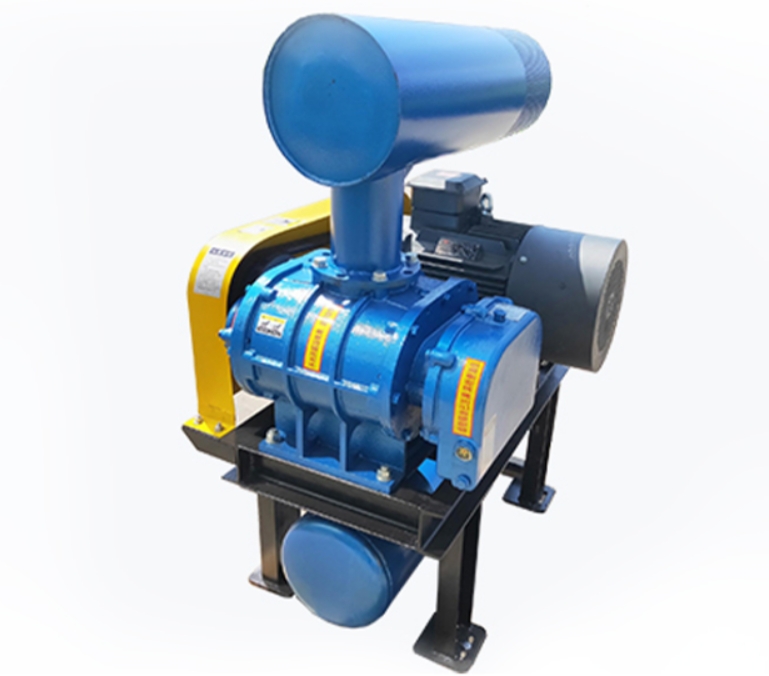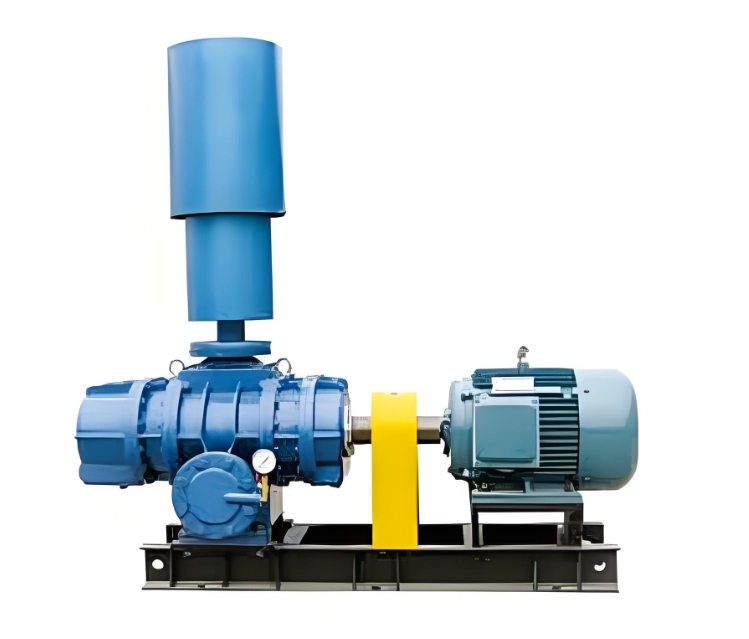Noise reduction method for Roots blower

The noise reduction methods for Roots blowers can be approached from multiple aspects, and the following are some specific noise reduction measures:
1、 Choose low-noise equipment
1. When choosing a Roots blower, prioritize low-noise models and specifications.
2. Some specially designed Roots blowers, such as those with double-layer shells or using noise reducing materials, can effectively reduce noise generation.
2、 Adjust operating parameters
Reasonably adjust the operating parameters of the Roots blower, such as speed and inlet/outlet airflow velocity, to reduce noise levels. Reducing the speed can effectively reduce noise, but attention should be paid to balancing air volume and efficiency.
3、 Install soundproof cover
1. Install soundproof enclosures around the Roots blower and establish physical barriers to isolate noise propagation.
2. The soundproof enclosure should use sound-absorbing materials and multi-layer structure, and consider ventilation and heat dissipation requirements to ensure the normal operation of the fan.
4、 Use shock absorption measures
1. Use shock-absorbing materials, shock absorbers or suspension devices and other shock-absorbing measures to reduce the vibration and structural conduction of the fan, thereby reducing the noise level.
2. Install shock pads or spring dampers under the fan base and bracket to reduce direct contact between the fan and the ground and minimize vibration transmission.
5、 Acoustic treatment
Sound absorbing materials, such as sound absorbing foam and cotton, shall be used on the air inlet and outlet and pipes of Roots blower to absorb noise energy and reduce transmission and reflection.
6、 Optimize duct design
1. Thicken the inner wall of the air duct to increase its stiffness and reduce noise caused by vibration.
2. Flexible treatment of bends or joints in air ducts to reduce noise caused by airflow impact.
3. Reduce wind speed and increase pipe diameter to reduce airflow noise.
4. Add damping materials such as mineral wool, perlite, etc. on the outer wall of the air duct to reduce high-frequency vibration.
7、 Regular inspection and maintenance
1. Regularly maintain and inspect the Roots blower, clean and replace components such as filters and blades, and reduce noise generation.
2. Check and replace worn bearings, gears, and other components to reduce vibration and noise caused by mechanical problems.
8、 Set up independent computer rooms and soundproof duty rooms
Set up an independent machine room for the wind turbine and establish a duty room with good sound insulation inside the room to reduce the impact of noise on operators.
9、 Install muffler
Install mufflers on the intake and exhaust ducts of the fan to effectively reduce airflow noise. Choose the appropriate type and design of muffler to achieve the desired noise reduction effect.
In summary, the noise reduction method for Roots blowers requires comprehensive consideration of multiple factors, including the selection of appropriate equipment, reasonable installation and maintenance, as well as effective sound insulation and shock absorption measures. The implementation of these measures will help improve the operational efficiency and service life of Roots blowers, while reducing their impact on the surrounding environment.





